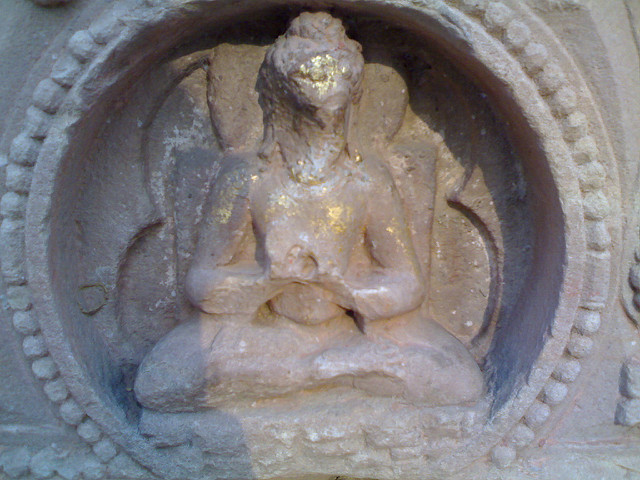
Archaeology of Buddhism and Archaeology of Mind
Scores of books are written on the archaeology of mind from many perspectives. But one of the interesting perspectives that take into account the development of the tools by our ancestors and understanding their brain by understanding the history of tools they used for a long time. It throws much-needed light on the development of the human mind. Interestingly, human beings are the only species who are capable of making sophisticated tools that we see around. We are tool-making animals and that might describe our species. While the tool making has been a long process in the evolutionary history of our species, we can use the archeology as a tool to understand various human institutions, religions, and cultures.
An interesting book that throws light on the archeology of early Buddhism written by Lars Fogelin looks into the development of the various Buddhist places of practice and he tries to put the development of Buddhism from the archaeological methods and through understanding remains of the past such as Stupas, Chaitya, and spaces for circumambulation.
The study of archeology is imperative for understanding the development of the Buddhism and trace its history through material pieces of evidence scattered all over. Early Buddhism was mainly focused on Stupas and later on Chaityas were added to them and eventually, Viharas became the evolved features of the Buddhist monuments. We can also see how the material remains of Buddhism have left us with the rich iconography, paintings, and sculptors and they can be studied to understand the development of the “Buddhist” mind that evolved over the last centuries. Earlier, the texts and the canonical literature was the basic source to understand the history of Buddhism, but with many material pieces of evidence, one can construct artistically the history of the Buddhist thoughts and their development in response to the changing needs of the society.
The vast expanse of the civilization spread around the Sanchi area indicates not only the development of Buddhism in the region but also throws light on the social and economic development of the society at that time. The Buddhist history and hence the philosophy though not dependent on the material development as such, but it can be an indication of the development of the sophistication of the Buddhist thoughts.
Author – Mangesh Dahiwale, Human Rights Activist



+ There are no comments
Add yours